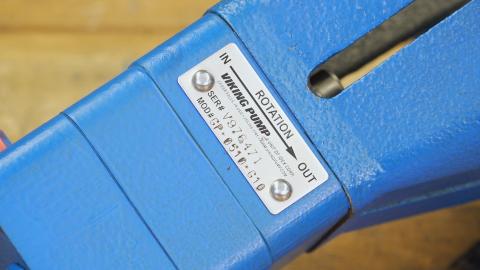Lobpump
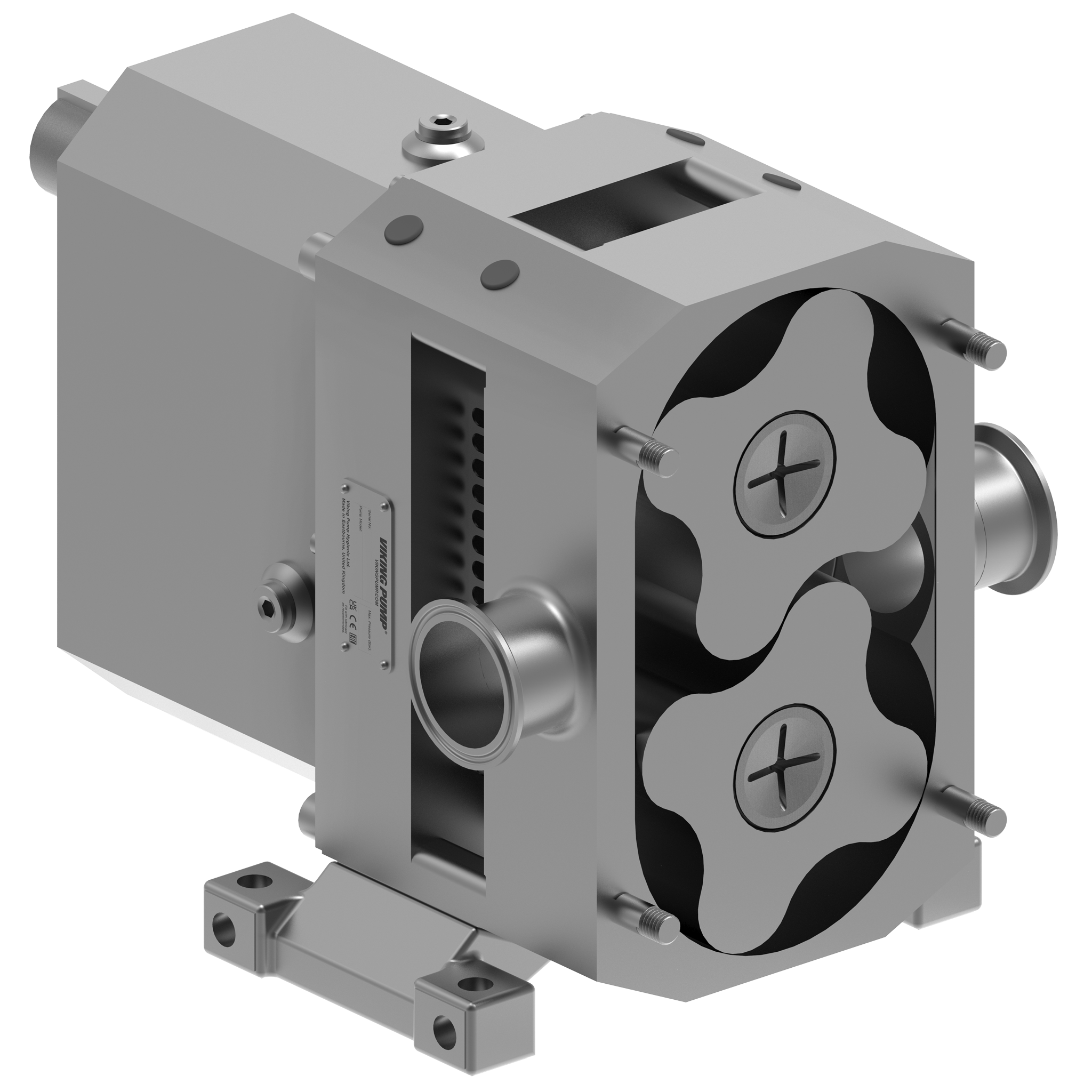
En typ av roterande positiv förträngningspump som består av ett par externt synkroniserade rotorer som drivs oberoende av varandra och inte kommer i kontakt med varandra. Rotorkonstruktionerna varierar, men några av de vanligaste typerna är tvåvingade (eller sabelvinge), trevingade och olika flervingade konstruktioner. Fungerar på liknande sätt som en kretskolvpump. Klicka här för att se vår video om hur det fungerar
What is a lobe pump?
Lobe pumps are a type of rotary positive displacement pump that consists of a pair of externally timed rotors. Each rotor is driven independently on a separate shaft. The rotors are non-contacting. Rotor designs vary but some of the more common types include tri-lobe and multilobe designs. Lobe pumps operate similarly to circumferential piston pumps. Click here to view our How it Works video on this topic.
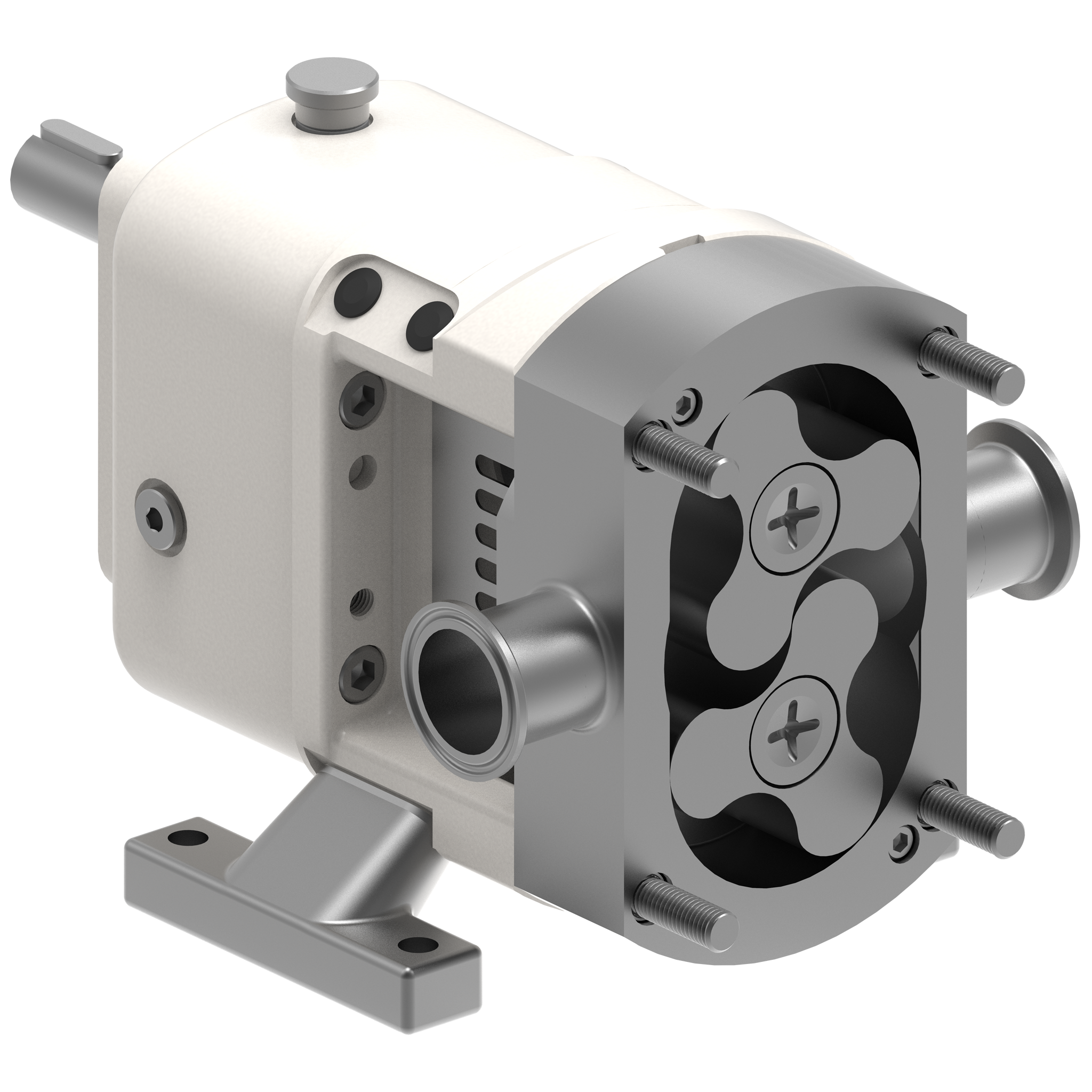 |
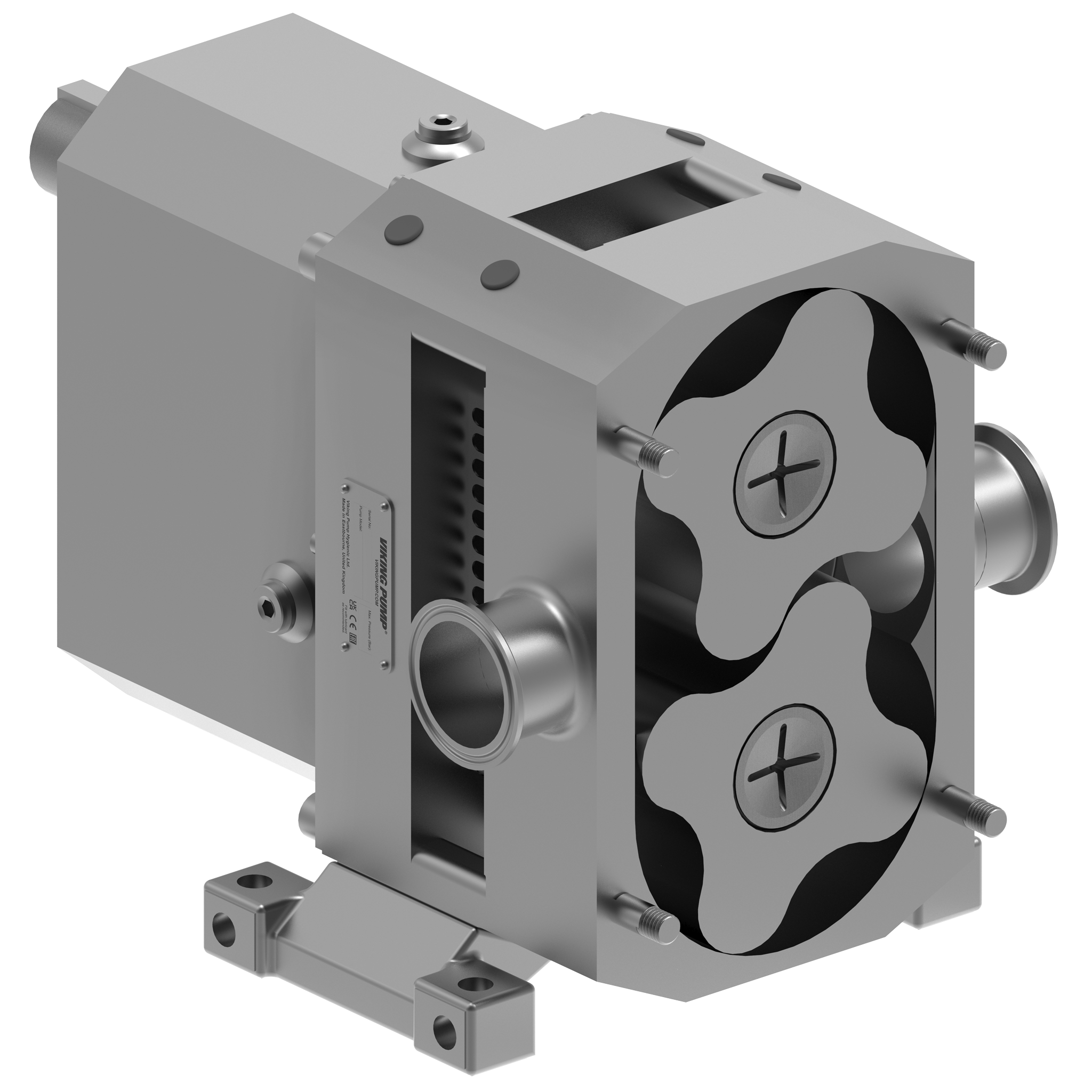 |
|---|
How do lobe pumps work?
Lobe pumps are similar in pumping action to external gear pumps but differ in that the rotors are driven independently on 2 rotating shafts. A pair of external timing gears ensure that the rotors do not contact.
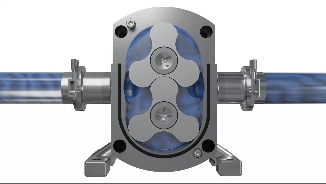
As the rotors turn, a cavity is formed at the inlet side of the pump. This creates a vacuum to pull the liquid into the spaces between the tips of the lobes. This liquid is trapped between these lobes and the close-fitting casing wall. The rotation of the rotors carries the liquid around to the outlet side of the pump. The liquid does not pass between the rotors.
At the outlet, the meshing of the lobes forces the liquid through the outlet port.
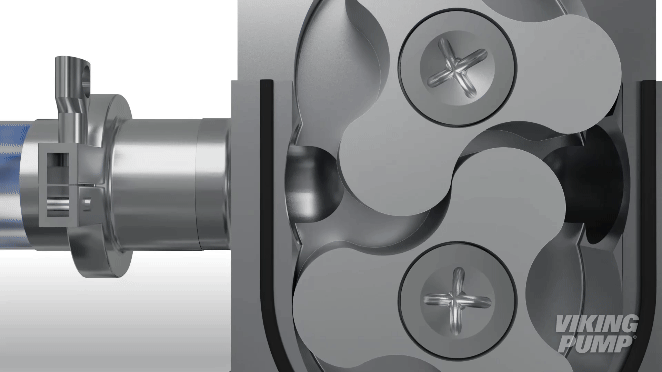
What are lobe pumps used for?
Because of the large pumping cavities and non-contacting design, lobe pumps are ideal for the gentle handling of both thin and viscous liquids and liquids containing large solids. They are designed to be easily cleaned, making them ideal for applications requiring sanitary construction and frequent cleaning -this includes clean-in-place (C.I.P.) and steam-in-place (S.I.P.) processes.







